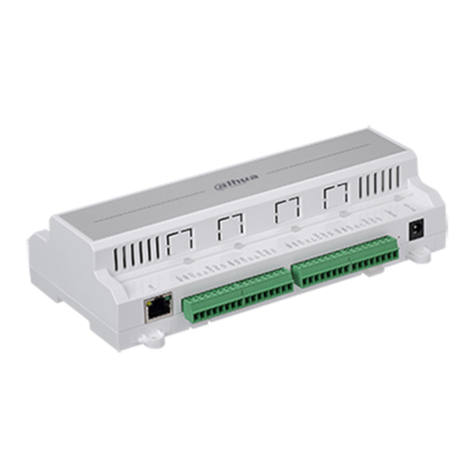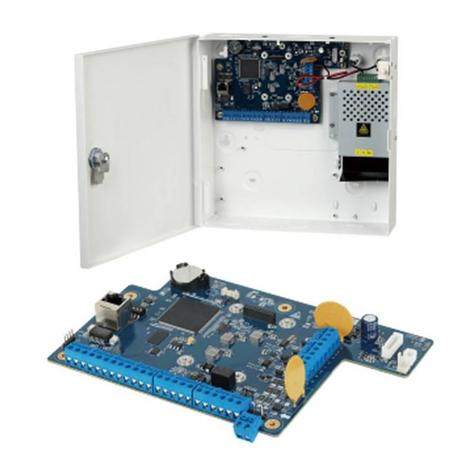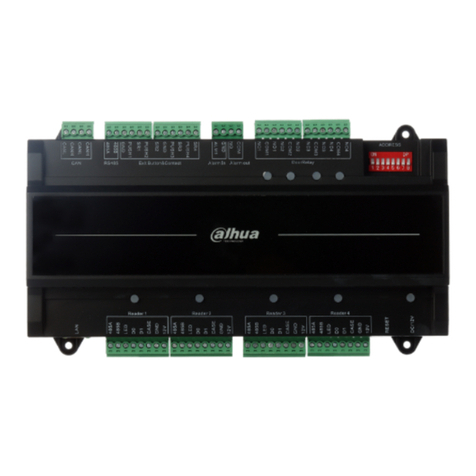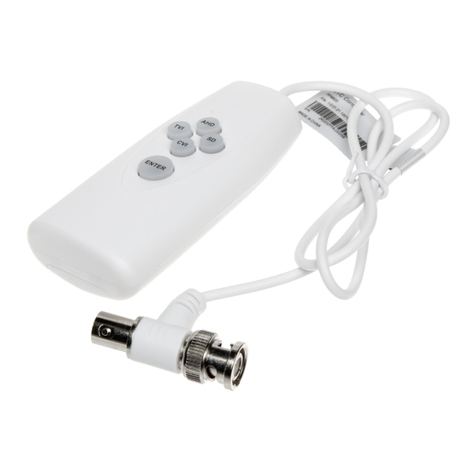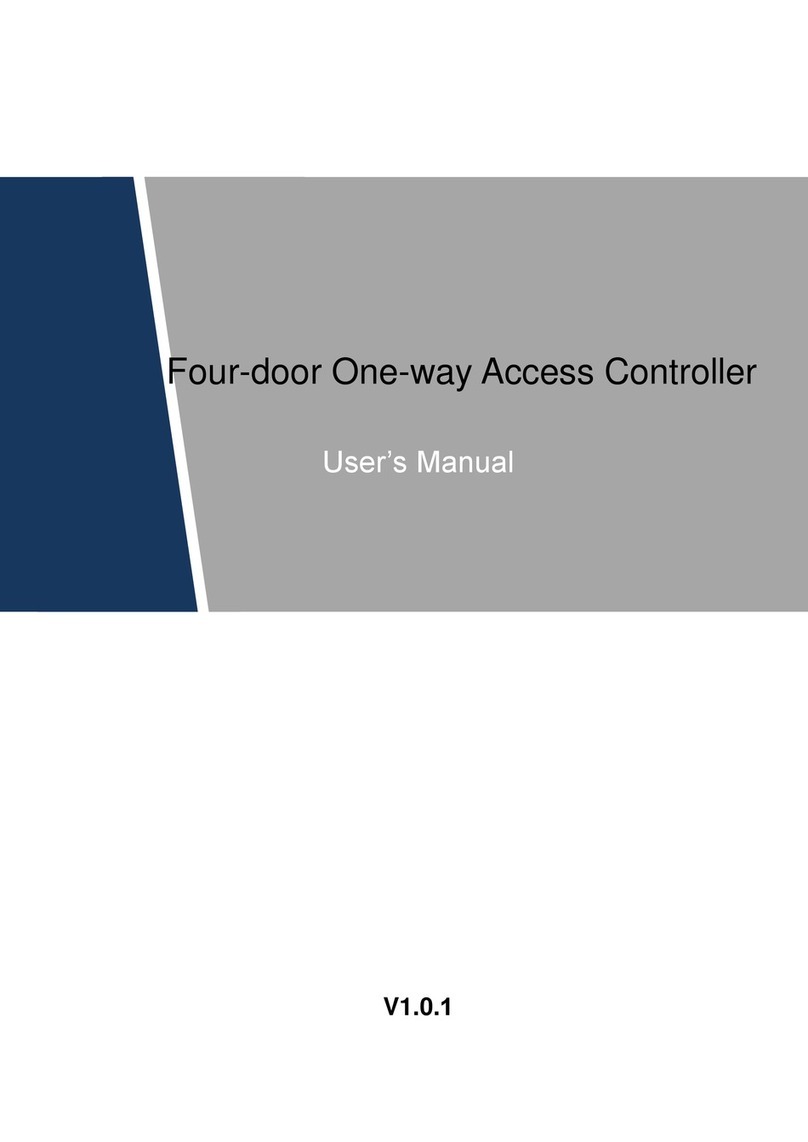
Table of Contents VIII
Table of Contents
Cybersecurity Recommendations......................................................................................................... I
Regulatory Information........................................................................................................................IV
Foreword .................................................................................................................................................V
Important Safeguards and Warnings .................................................................................................VII
1 Overview..............................................................................................................................................1
1.1 Functional Feature........................................................................................................................1
1.2 External Dimension.......................................................................................................................1
2 Installation Guide................................................................................................................................ 3
2.1 System Structure...........................................................................................................................3
2.2 Device Installation.........................................................................................................................3
2.3 Wiring Diagram .............................................................................................................................5
2.3.1 Wiring Description of Access Controller.............................................................................5
2.3.2 Wiring Description of Exit Button/Door Contact .................................................................5
2.3.3 Wiring Description of Lock..................................................................................................6
2.3.4 Wiring Description of Reader..............................................................................................7
2.3.5 Wiring Description of ExternalAlarm Input.........................................................................8
2.3.6 Wiring Description of ExternalAlarm Output...................................................................... 8
2.3.7 Wiring Description of Internal Alarm Output.......................................................................9
2.3.8 Description ofAlarm Input and Output Rule.....................................................................10
2.4 DIP Switch....................................................................................................................................11
2.5 Restart.........................................................................................................................................12
3 Smart PSS Config................................................................................................................................13
3.1 Login Client.................................................................................................................................13
3.2 Add Access Controller.................................................................................................................13
3.2.1 Auto Search ......................................................................................................................13
3.2.2 Manual Add.......................................................................................................................15
3.3 Add User .....................................................................................................................................17
3.3.1 Card Type .........................................................................................................................18
3.3.2 Single Add.........................................................................................................................19
3.4 Add Door Group..........................................................................................................................21
3.5 Authorize .....................................................................................................................................23
3.5.1 Authorize According to Door Group..................................................................................23
3.5.2 Authorize According to User.............................................................................................25
4 FAQ .......................................................................................................................................................27
1. Question:After power on, power indicator doesn’t turn on or the buzzer doesn’t respond...... 27
2. Question:After the reader is connected with the device, card swiping light doesn’t turn on, and
it doesn’t respond after swiping a card............................................................................................. 27
3. Question: Client software fails to detect the device. ................................................................. 27
4. Question: After swiping card, it prompts that card is invalid......................................................27
5. Question: Default IP of access controller. .................................................................................27
6. Question: Default port, initial user name and password of access controller........................... 27

